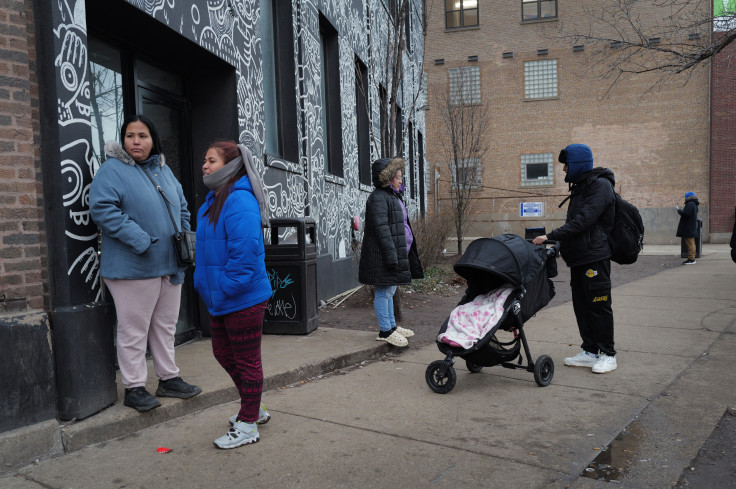
From 2022 to January of this year, more than 43,000 asylum seekers arrived to Chicago from southern border states amid the surge in migrant crisis in the United States. During the first stages and as figures soared, city officials devised a housing plan, which resulted in new arrivals being housed in hotels, police stations, and various other temporary shelters.
Arrivals continued to grow after Texas authorities began to be bused from Texas as part of governor Abbott's Operation Lone Star, which targeted Democratic-led sanctuary cities. The influx strained Chicago's resources, leading to migrants sleeping in makeshift locations until shelters were established.
As the influx reached its peak at about 15,000, Mayor Brandon Johnson's administration implemented a 60-day stay policy in the 17 shelters run by the city and state. That measure, along with the Biden administration's asylum ban in June, dramatically reduced the number of migrants in the city's shelter system to 5,594 in August.
However, the city announced on Tuesday that Chicago's migrant shelters will be shut down entirely by the end of the year and integrated into the city's existing system for homeless residents. characterizing the shift as a strategic move to better manage resources.
The city's current shelter system provides 3,000 beds, with the city adding 2,100 and the funding for 1,700 more.
From now until the transition finishes at the end of December, migrants seeking shelter must have been in the country for no more than 30 days. The landing zone for the new arrivals will no longer stay open overnight and will close permanently in 2025, after which anyone seeking shelter in the city must call 311.
We are creating a more cost-effective, equitable, and strategic approach to addresses homelessness for anyone in need in the City of Chicago.
— Mayor Brandon Johnson (@ChicagosMayor) October 21, 2024
Our New Arrivals mission is coming to an end as we initiate the first phase of a full transition to the One System Initiative in 2025. pic.twitter.com/4liqAvGyBt
"After taking office, our administration quickly recognized the importance of sharing this responsibility for the migrant mission with all levels of government," said Beatriz Ponce de León, Chicago's deputy mayor for immigrant, migrant and refugee rights to the Chicago Tribune. "We also understood that the two systems were inequitable, and that we had to work towards one and made the commitment for the one-system initiative."
However, as the Tribune points out, he combined shelter capacity may fall short:
"There are just under 5,000 migrants living in the city's asylum-seeker shelter system — down from a peak of 15,000 last winter — and the 3,000 existing beds for homeless Chicagoans are usually 97% to 98% full, Department of Family and Support Services Commissioner Brandie Knazze said. That means the unified system may not have room for every migrant or homeless person by 2025 unless more than a thousand of the residents currently in shelters exit by then."
Johnson's administration has spent over $540 million on migrant services since 2022, contributing to a projected $1 billion budget gap for 2025.
© 2025 Latin Times. All rights reserved. Do not reproduce without permission.





